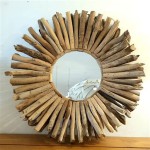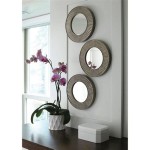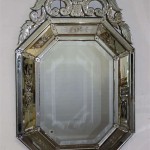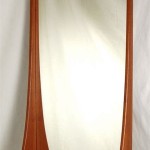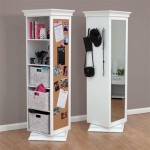How To Mirror An Image in AutoCAD
Mirroring in AutoCAD allows users to create a reversed copy of selected objects across a specified axis. This function is invaluable for creating symmetrical designs, replicating existing features, or simply reversing the orientation of an object. This article provides a comprehensive guide to mirroring images in AutoCAD, outlining different approaches and highlighting key considerations for effective implementation.
Selecting Objects for Mirroring
The initial step involves selecting the objects intended for mirroring. Users can select individual objects by clicking on them or utilize window selection to encompass multiple objects within a designated area. Crossing window selection allows users to select objects intersected by the window, while window selection selects objects fully contained within the window. Once the desired objects are highlighted, they can be mirrored using the designated command.
Utilizing the MIRROR Command
The primary method for mirroring involves invoking the MIRROR command. This can be achieved by typing "MIRROR" in the command line and pressing Enter, or by selecting the MIRROR icon from the "Modify" panel within the Home tab of the ribbon. After initiating the command, AutoCAD prompts the user to select the objects to be mirrored. After selection, the user must define the first and second points of the mirror line. This line dictates the axis across which the objects will be reflected. The order of the two points does not affect the mirroring outcome.
Specifying the Mirror Line
The mirror line plays a crucial role in the mirroring operation, determining the position and orientation of the mirrored objects. Users have considerable flexibility in defining this line. They can utilize existing drawing elements, such as lines or edges of objects, as the mirror line. Alternatively, they can specify two points directly or employ object snaps, such as endpoints, midpoints, or intersections, to precisely define the mirror line's location. This flexibility enables precise mirroring control for a variety of scenarios.
Deleting Source Objects
After defining the mirror line, AutoCAD prompts the user to specify whether the original source objects should be deleted. This presents two options: retaining both the original and mirrored objects or deleting the original objects, leaving only the mirrored copy. The choice depends on the specific design requirements. If the intent is to create a symmetrical design, retaining both sets of objects is typically preferred. If the goal is to simply reorient an object, deleting the source object might be more suitable.
Mirroring in 3D Space
While the basic mirroring principles remain consistent, mirroring in 3D space involves additional considerations. Instead of a 2D mirror line, users define a mirror plane. This plane is defined by three non-collinear points or by selecting a planar face of an existing 3D object. The orientation of the mirror plane determines the orientation of the mirrored objects in 3D space. Understanding the relationship between the mirror plane and the desired orientation is crucial for achieving accurate 3D mirroring.
Mirroring with a Specified Angle
Although traditional mirroring involves a 180-degree reflection, AutoCAD provides the flexibility to mirror objects at other angles. This is achieved by using the ROTATE command with the "Copy" option. First, select the objects to be mirrored. Then, enter "ROTATE" in the command line and press Enter. Select the objects again and specify the base point for rotation. Next, specify “C” for copy and input a rotation angle of 180 degrees. This will effectively create a mirrored copy of the selected objects at the specified angle, offering greater design flexibility.
Using the Mirror3D Command
For specifically mirroring objects in 3D, AutoCAD offers the dedicated MIRROR3D command. This command facilitates mirroring across a plane defined by three points, two points and a direction vector, or by utilizing object snaps. The command accepts a variety of geometrical input and provides more control in 3D mirroring scenarios, streamlining the process for complex 3D designs. Access the MIRROR3D command from the "3D Modeling" workspace on the ribbon, or by typing MIRROR3D in the command line.
Leveraging COPY and PASTE
A simple yet often overlooked mirroring technique involves copying and pasting objects. After copying the selected objects, use the “Paste Special” or “Paste as Block” options. This allows for precise control over the pasted object's position, rotation, and scale. By combining this with the ROTATE command, users can effectively achieve mirroring functionality, offering a convenient alternative for simpler mirroring tasks.
Employing the Array Command
While the MIRROR command is specifically designed for mirroring, the ARRAY command can also be used to achieve a mirrored effect. The ARRAY command creates multiple copies of selected objects in a rectangular or polar pattern. By setting the number of items to two in a rectangular array and adjusting the distance between them appropriately, the result is effectively a mirrored copy. This method can be useful when combined with other array operations, offering a streamlined approach for creating symmetrical patterns.

Understanding Autocad Mirror Command

Autocad Mirror Javatpoint

Autocad 2024 Mirror Command

How To Use Mirror Command 60 Know Only Secret Sep 23

Autocad Mirror Javatpoint

Mirroring Objects In Autocad Ilrated Expression

Mirror 3d Commands Practical Autodesk Autocad 2024 And Lt Book

Autocad Mirror Javatpoint

How To Mirror Objects In Autocad

How To Mirror Objects In Autocad

